Catastrophic Impact Loading Resilience of Welded Joints of High Strength Steel of Refineries’ Piping Systems
Abstract
:1. Introduction
- FEM modeling of the impact loading process of welded joints to establish the value of kinetic energy (the hammer mass and the hammer height of the forging hammer apparatus) of catastrophic load to provide the level of stresses and strains of the welded joint extreme stressed/strained areas, above the yield stress level of the parent material–API 5L X80 pipes and the weld metals to initiate cracks of the butt welded joints and parent material as well.
- Newly developed catastrophic impact loading tests of the butt welded joints specimens under impact energy calculated by FEM modeling to evaluate the resilience to impact loading and quality of welded joints of API 5L X80 pipes.
2. Preparation of Specimens of Butt Welded Joints of Pipes
3. Results of FEM Nonlinear Analysis of the Impact Loading Process of MMA, GMA, SSA, and LASER+GMA Butt Welded Joints of API 5LX80 Pipes
3.1. Material to Be Studied
3.2. Physical Model of the Butt Welded Joint of Pipes Specimens
3.3. Numerical Results
- m—mass of the hammer [kg],
- g—gravitational acceleration [m/s2],
- h—height measured from the initial position of the hammer to the final position of the top surface of the deformed welded joint of pipes [m].
- H—height measured from the initial position of the hammer and the top surface of the base plate [m],
- D—external diameter of the welded joint of pipes [m],
- h1—displacement of the welded joint of pipes [m] obtained from the graph for the green color (Figure 10); it is given in millimeters, and it should be recalculated into meters.
4. Impact Loading Experiments of MMA, GMA, SSA, and LASER+GMA Butt Welded Joints of API 5L X80 Pipes Specimens
5. Conclusions
- The numerical simulations of the catastrophic impact loading of butt welded joints of pipes’ specimen have been performed by using the FEM modeling and the computer system LS-DYNA. The explicit analysis has been carried out, considering the pipes’ material properties and geometrical nonlinearities. Results of numerical simulations indicate that the weld metal + HAZ does not crack and also parent material or it is not submitted to any failure even though the Huber–Mises stresses and effective plastic strains are beyond the yield strength (Re = 0.618 GPa) or even tensile strength (Rm = 0.700 GPa) of the weld metal and API 5L X80 steel parent material, Table 3, Table 5 and Table 6, Figure 6, Figure 7, Figure 8, Figure 9, Figure 10, Figure 11 and Figure 12. The dynamic fast-changing numerical simulation shows that the Huber–Mises stresses reach such values as 0.8 GPa for the impact loading hammer height H = 1.0 m and 0.95 GPa for the hammer height H = 1.5 m. The energy balance has been conducted to confirm the correctness of the obtained numerical results. The potential energy (Ep = m·g·h) corresponds approximately to the total energy for the final position of the butt welded joints of API 5L X80 steel pipes (after deformation) obtained from the presented graphs (Figure 8 and Figure 9) for both analyzed variants of the impact loading hammer height (H = 1.0 m and 1.5 m). From the data obtained using numerical calculations concerning the selected physical quantities, the following conclusions can be drawn:
- Along with the increase of the height of the released hammer:
- ✓
- the equivalent Huber–Mises stresses grow;
- ✓
- the equivalent effective plastic strains grow;
- ✓
- the resultant displacements grow;
- Along with the increase of the height of the impact loading hammer, the thickness of the arc butt welded joints and wall thickness of pipes changes insignificantly which could be neglected.
Finally, the height and width of the welded joints of pipes’ specimens after deformation obtained from the numerical calculations were compared with data received from experiments of hammer impact loading. The comparison of numerical and experimental results demonstrates a good agreement, proving that FEM simulation of technological processes is a useful tool to support experimental study. - The developed impact loading technique to evaluate the resilience to catastrophic failure of the MMA, GMA, SSA, and LASER+GMA butt welded joints of API 5L X80 steel pipes under simulated catastrophic impact loading events in refineries piping systems and proved to be very efficient and accurate. All impact loaded specimens of the MMA, GMA, SSA, and LASER+GMA butt welded joints of API 5L X80 steel pipes at impact energy forced by the hammer mass 3000 kg and at the hammer height H = 1.0 m, forcing at the extreme areas of butt welded joints the Huber–Mises stresses and effective plastic strains beyond the yield strength (Re = 0.618 GPa) or even tensile strength (Rm = 0.700 GPa) of the weld metal and API 5L X80 steel pipes, proved high resilience to catastrophic impact loads, as no cracks or tears were detected, Table 1, Table 5 and Table 7, Figure 16 and Figure 19, Figure 20, Figure 21 and Figure 22.
- Impact loaded specimens of MMA butt welded joints of API 5L X80 steel pipes at impact energy forced by the hammer mass 3000 kg and at the hammer height H = 1.5 m, forcing stresses and strains at the extreme areas of MMA butt welded joints and the parent material of pipes approximately 25% higher than the tensile strength of weld metals and parent material of pipes, Table 1 and Table 6, resulted in total flattening of the MMA butt welded joints of pipes specimens to H = 20 mm (double thickness of the pipes t = 10 mm). All welded joints strongly cracked at the extreme areas, but no cracks or tears appeared on the extreme edges of pipes, proving the very high quality of API 5L X80 steel pipes tested, Table 7, Figure 17, Figure 18 and Figure 22.
Author Contributions
Funding
Institutional Review Board Statement
Informed Consent Statement
Data Availability Statement
Conflicts of Interest
References
- Paolicci, F.; Reza, S.; Bursi, O. Rfcs—Induse Project: Structural Safety of Industrial Steel Tanks, Pressure Vessels and Piping Systems Under Seismic Loading, Grant No. RFSR-CT2009-00022. Available online: https://op.europa.eu/en/publication-detail/-/publication/dfb8b89c-8de0-435c-b262-9acec59f318d (accessed on 25 November 2021).
- Vicente, F. Criticality assessment of piping systems for oil & gas facilities. Insp. J. 2014, 20, 15–18. [Google Scholar]
- Rintamaa, R. Prevention QF Catastrophic Failure in Pressure Vessels and Pipings; Final Report of the NKA-Project MAT 570. Nordic Liaison Committee for Atomic energy; International Atomic Energy Agency (IAEA): Vienna, Austria, 1989. [Google Scholar]
- Simonen, F.A. Pressure Vessels and Piping Systems: Reliability, Risk and Safety Assessment; Ancillary Equipment and Electrical Equipment; Pacific Northwest National Laboratory: Richland, WA, USA, 2010; Available online: http://www.desware.net/sample-chapters/d09/e6-165-07-00.pdf (accessed on 25 November 2021).
- Brickstad, B.; Schimpfke, T. Benchmarking of Structural Reliability Models for Risk Analyses of Piping; Swedish Nuclear Power Inspectorate (SKI): Stockholm, Sweden; Gesellschaft für Anlagen und Reaktorsicherheit (GRS) mbH: Köln, Germany, 2005; Available online: https://pdfs.semanticscholar.org/dc95/7098e3047f8fb6c030fc3a9df0fceeef4fef.pdf?_ga=2.142886710.2063904234.1598616093-209817455.1598616093 (accessed on 25 November 2021).
- CSB Investigations Involving Inadequate Mechanical Integrity Programs; Chevron Refinery Fire; Chevron U.S.A. Inc.: Richmond, CA, USA, 2005. Available online: https://www.csb.gov/recommendations/csb-investigations-mechanical-integrity/ (accessed on 25 November 2021).
- Abduh, M. Erosion Corrosion—Learning from Humber Estuary. 2009. Available online: https://abduh137.wordpress.com/category/engineering-failures/https://abduh137.worldpress.com/category/engineering-failures/ (accessed on 25 November 2021).
- Available online: https://www.statista.com/statistics/981799/largest-oil-refineries-worldwide/ (accessed on 25 November 2021).
- Available online: https://www.listnbest.com/11-worlds-largest-oil-refineries-processing-capacity/ (accessed on 25 November 2021).
- Available online: https://www.google.com/search?sxsrf=ALeKk03vC_L27-bIDDawgj491KzcLl1Zfg:1589638579626&source=univ&tbm=isch&q=refinery+piping+systems+catastrophic+failures&client=firefox-b-d&sa=X&ved=2ahUKEwikgfCWybjpAhV3DGMBHebQCPsQsAR6BAgEEAE&biw=1231&bih=707 (accessed on 25 November 2021).
- Klimpel, A.; Herbuś, K.; Ociepka, P.; Timofiejczuk, A.; Pedot, M. Quasi-Static Loading of Piping Welded Joints; International Journal of Modern Manufacturing Technologies: Iași, Romania, 2020; Available online: https://www.ijmmt.ro/vol12no22020/10_Andrzej_Klimpel_1.pdf (accessed on 25 November 2021).
- Mill Test Certificate NO 160818POSCO, HUTA ŁABĘDY S.A: Gliwice, Poland, 2019.
- EN ISO 8492:2004Metallic Materials—Tube—Flattening Test, ISO: London, UK, 2004.
- ASTM 370Standard Test Methods and Definitions for Mechanical Testing of Steel Products, ASTM: West Conshohocken, PA, USA, 2019.
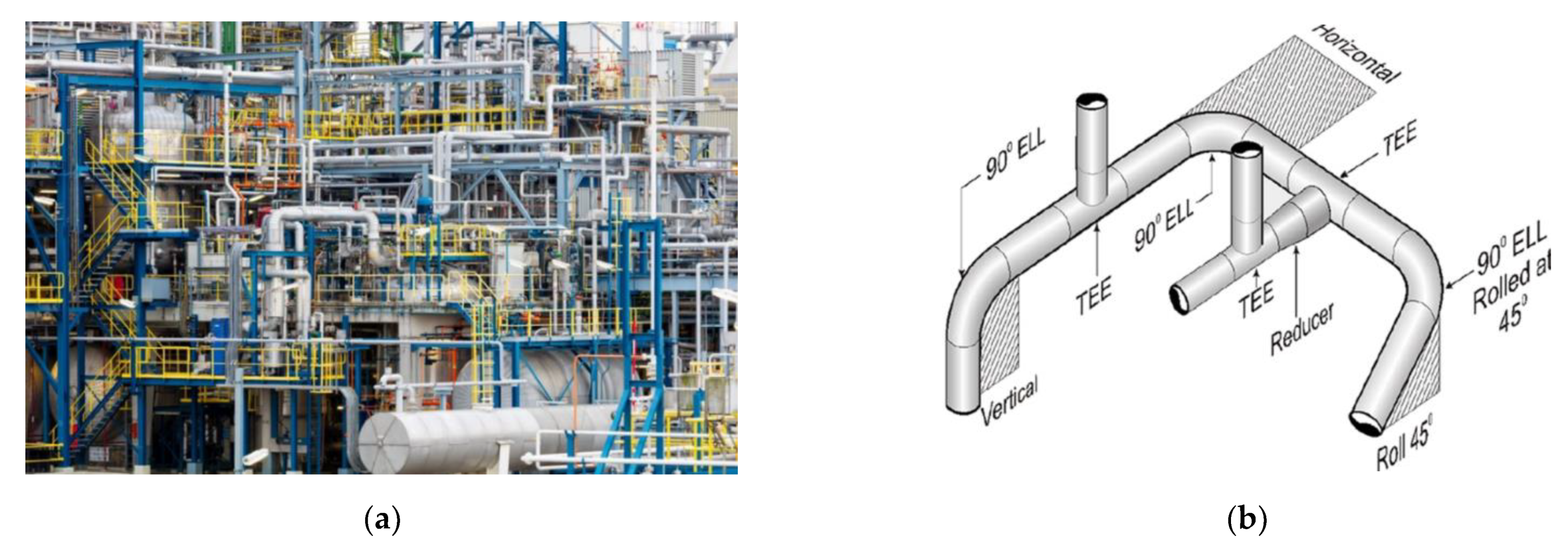
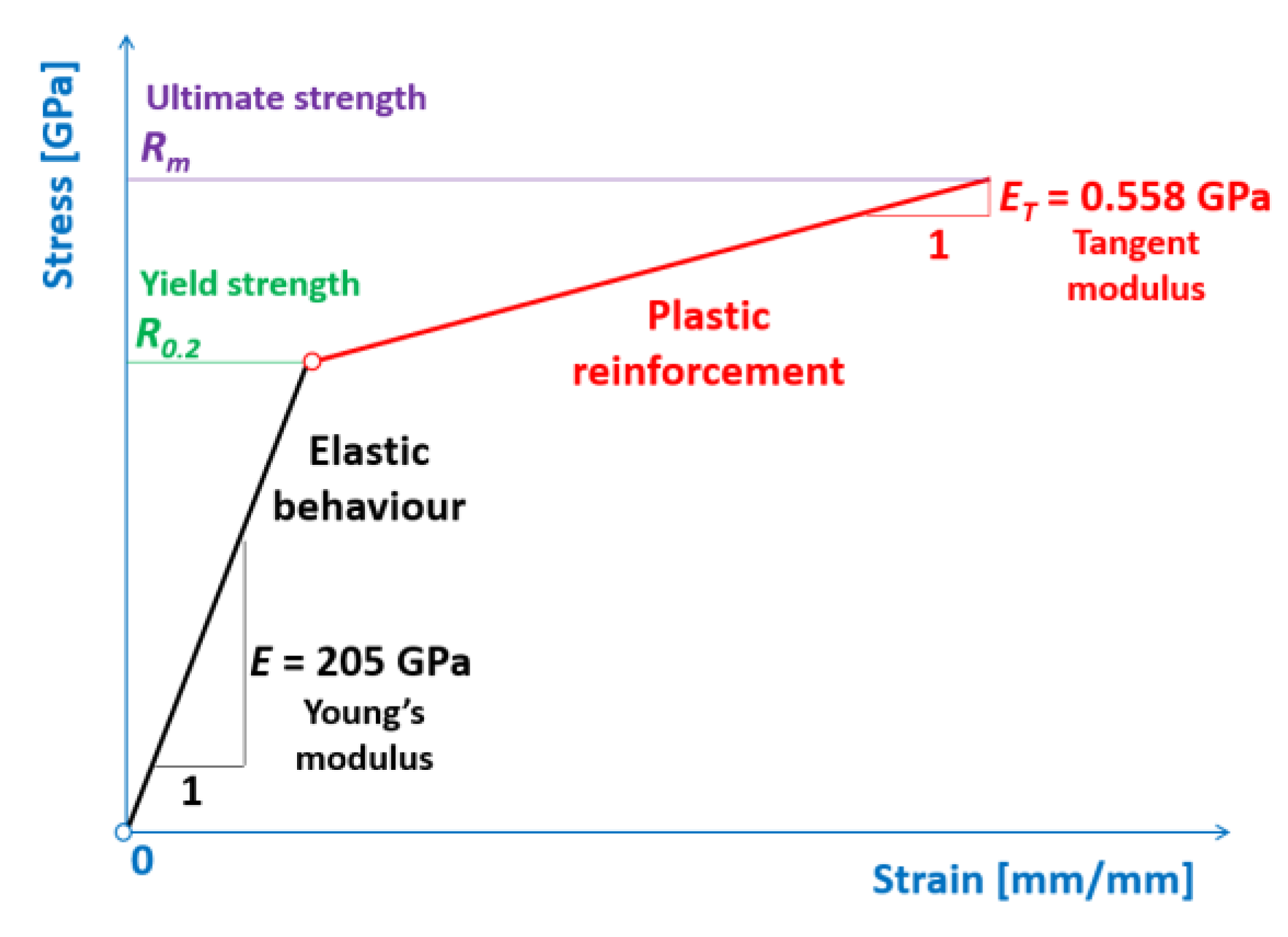
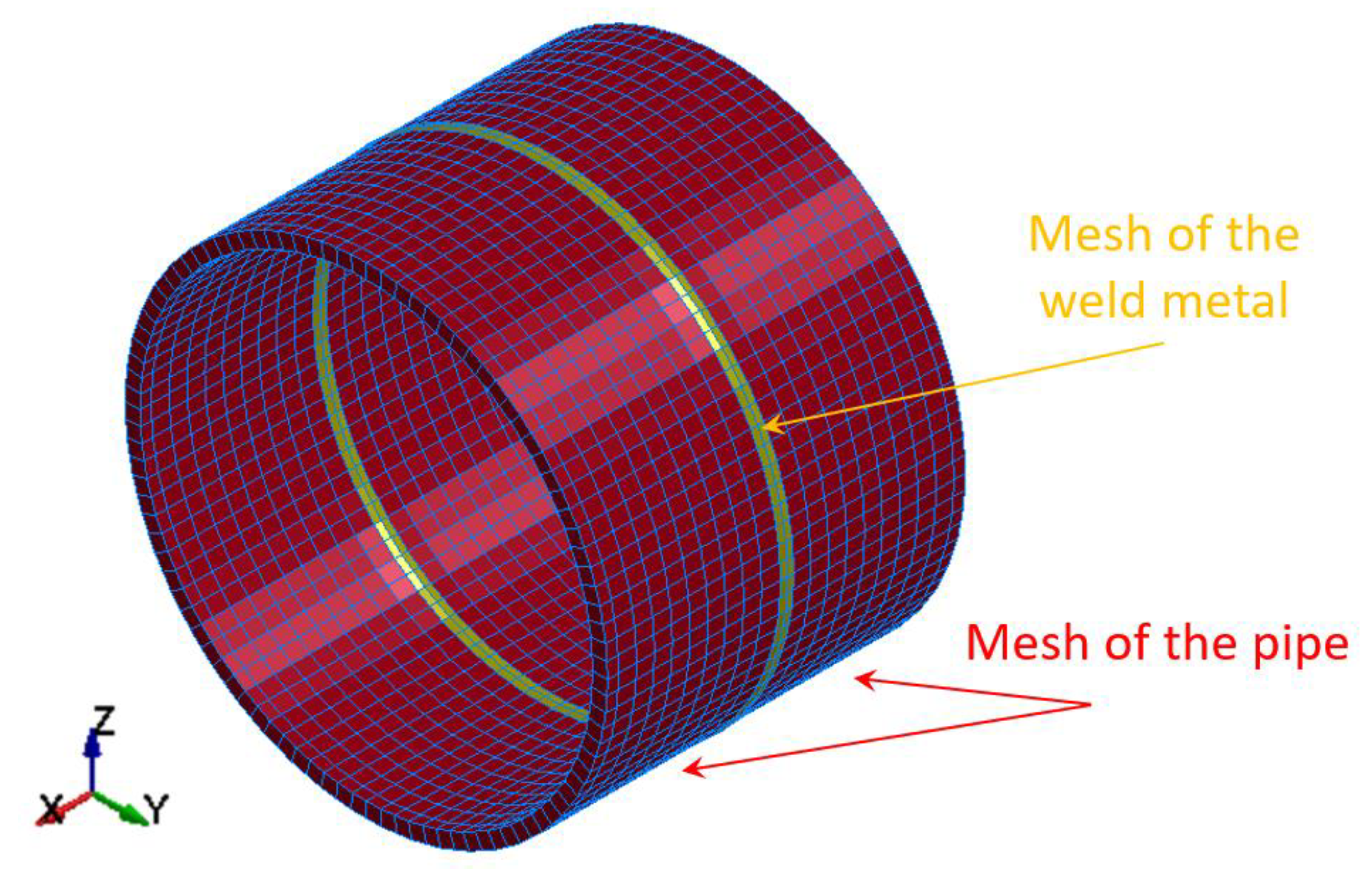



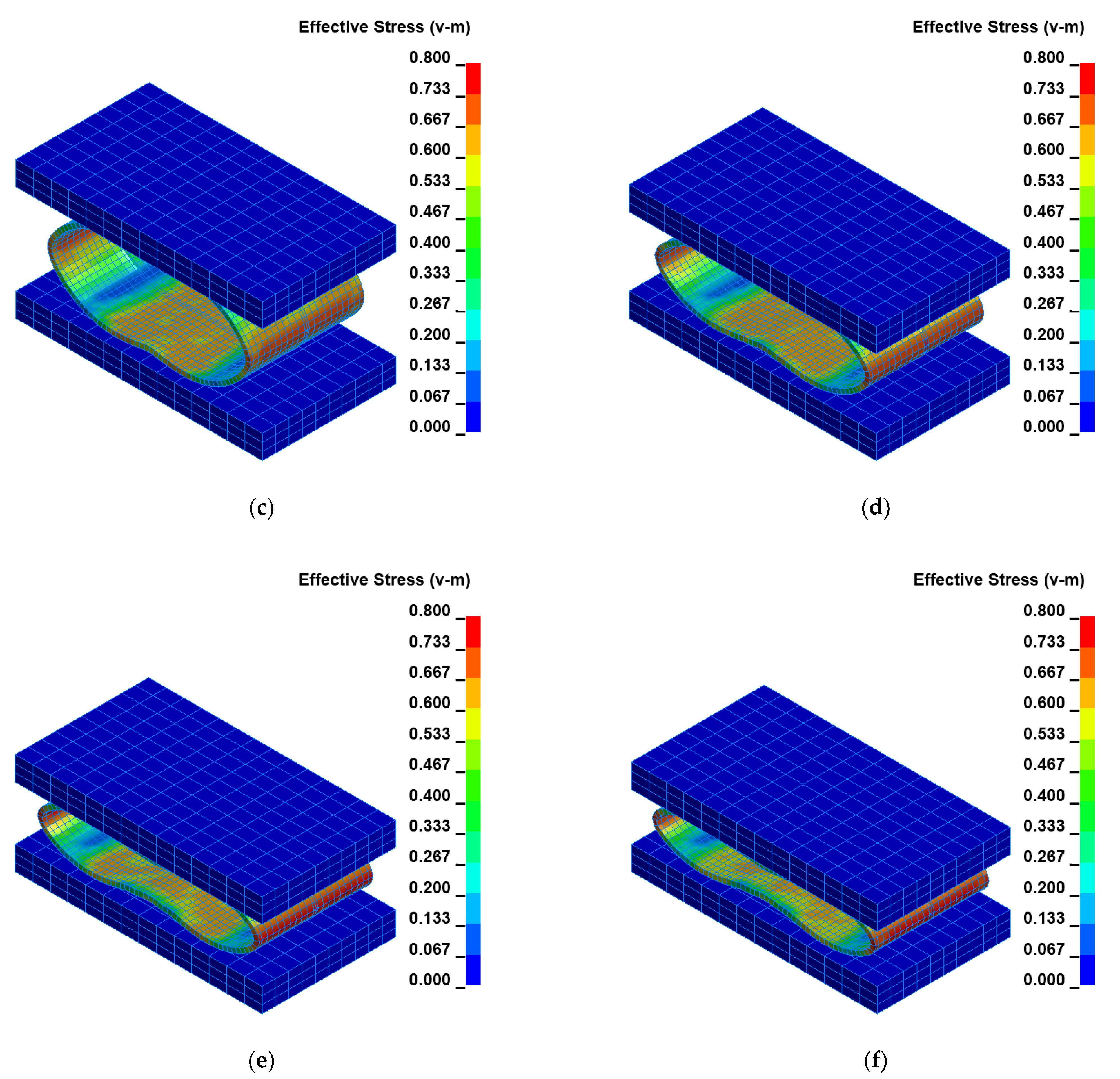
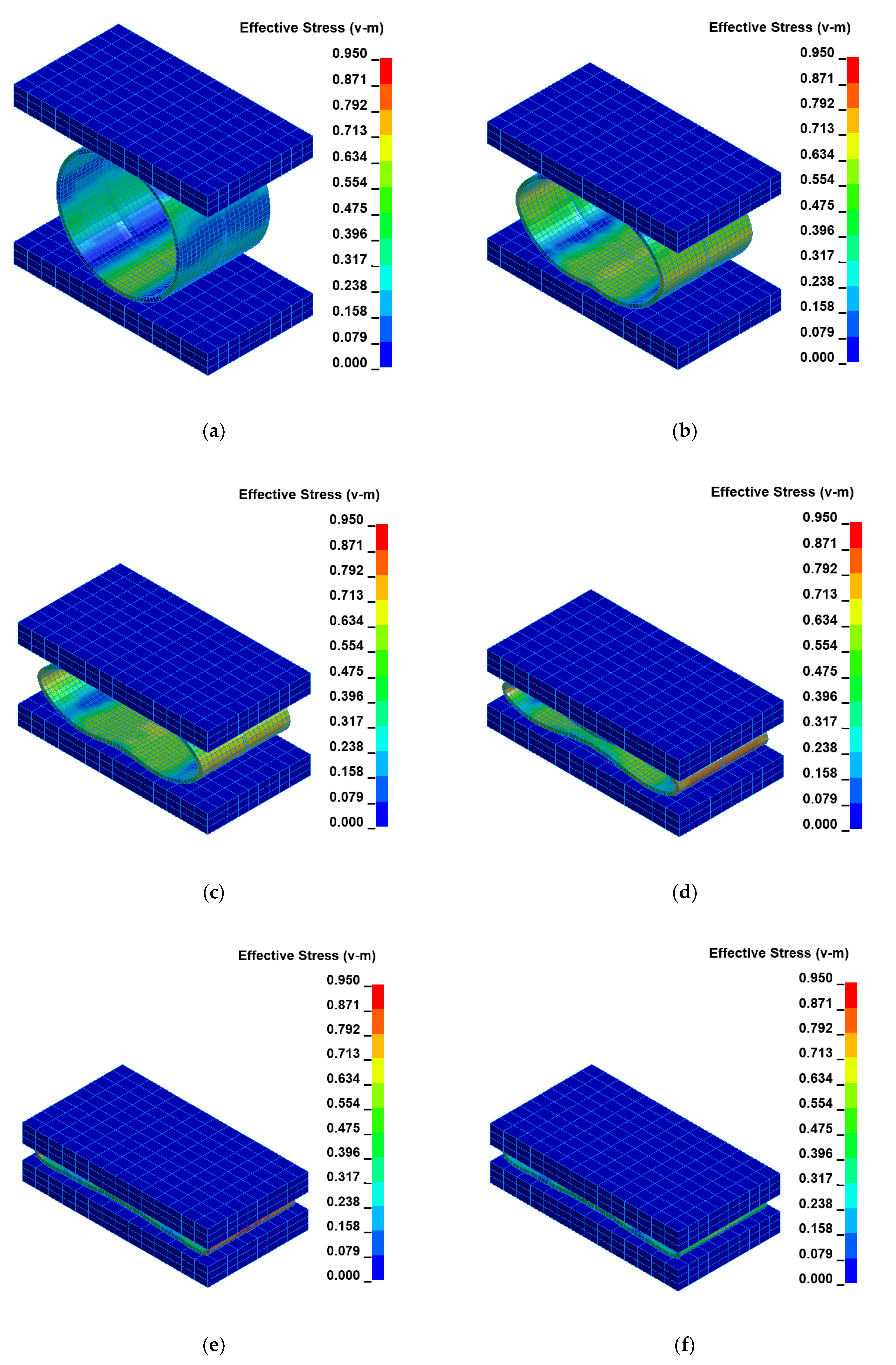
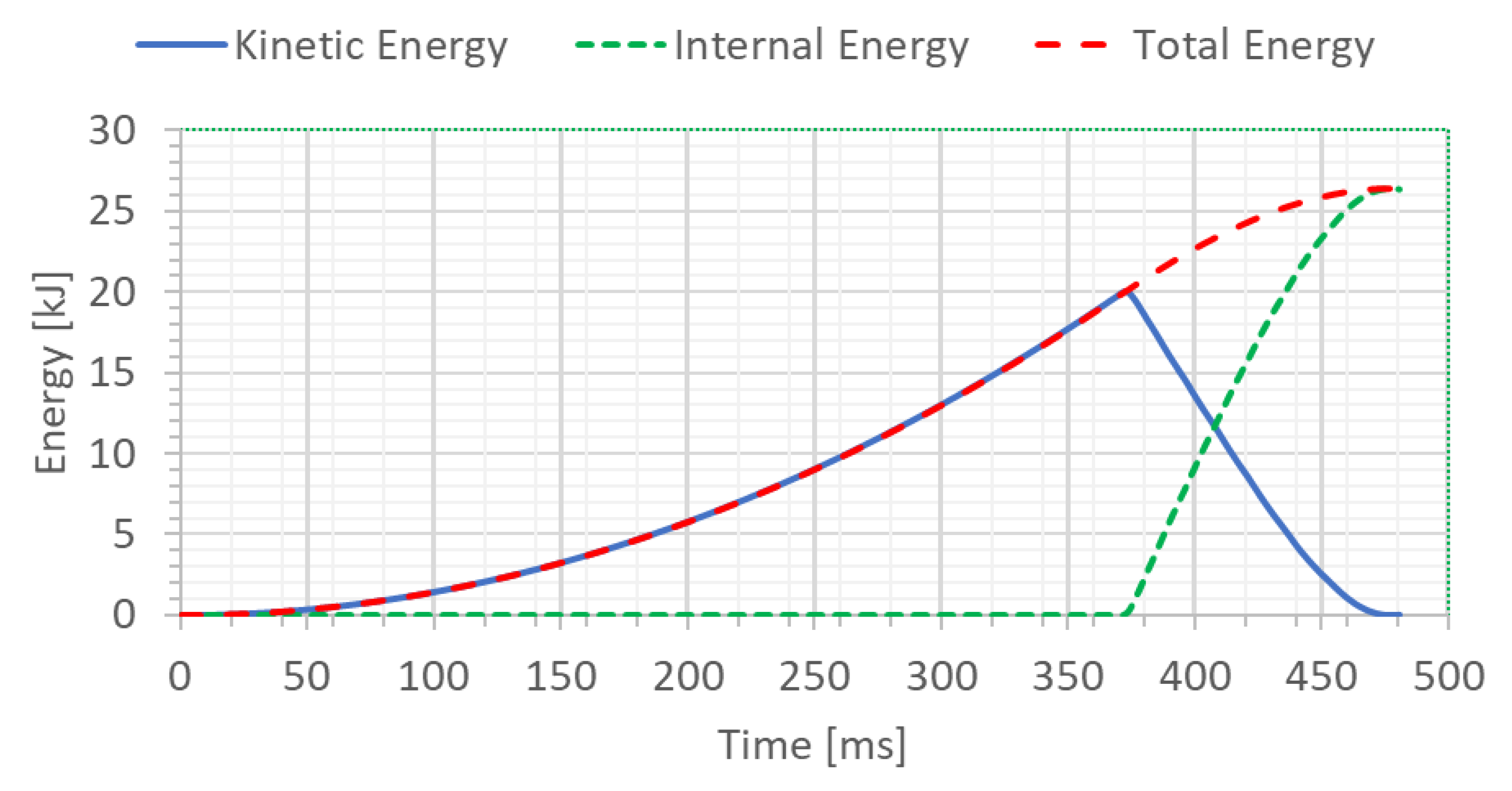

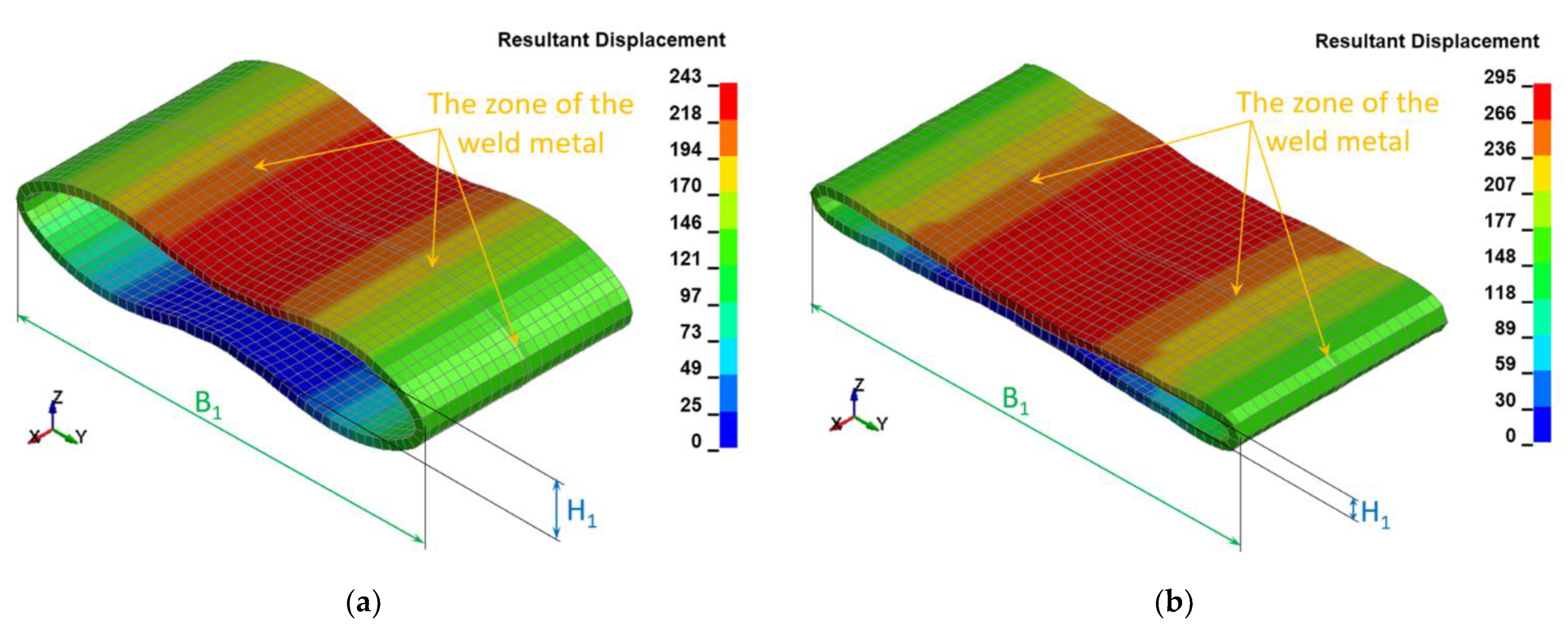
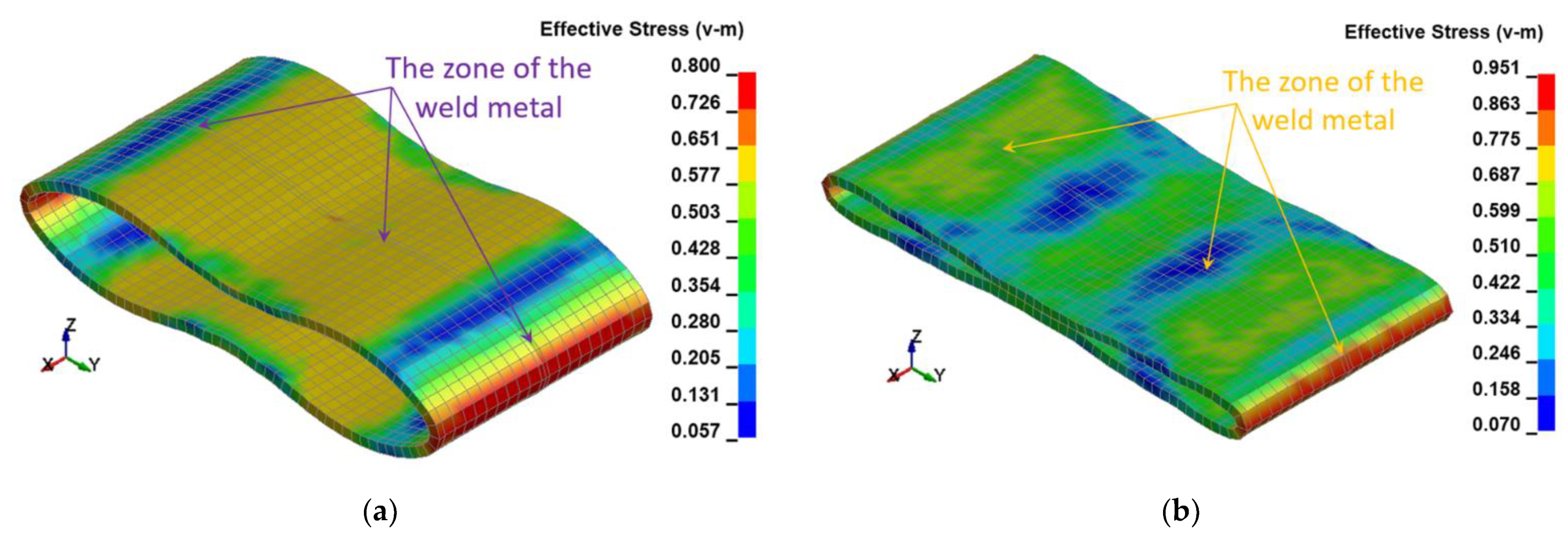
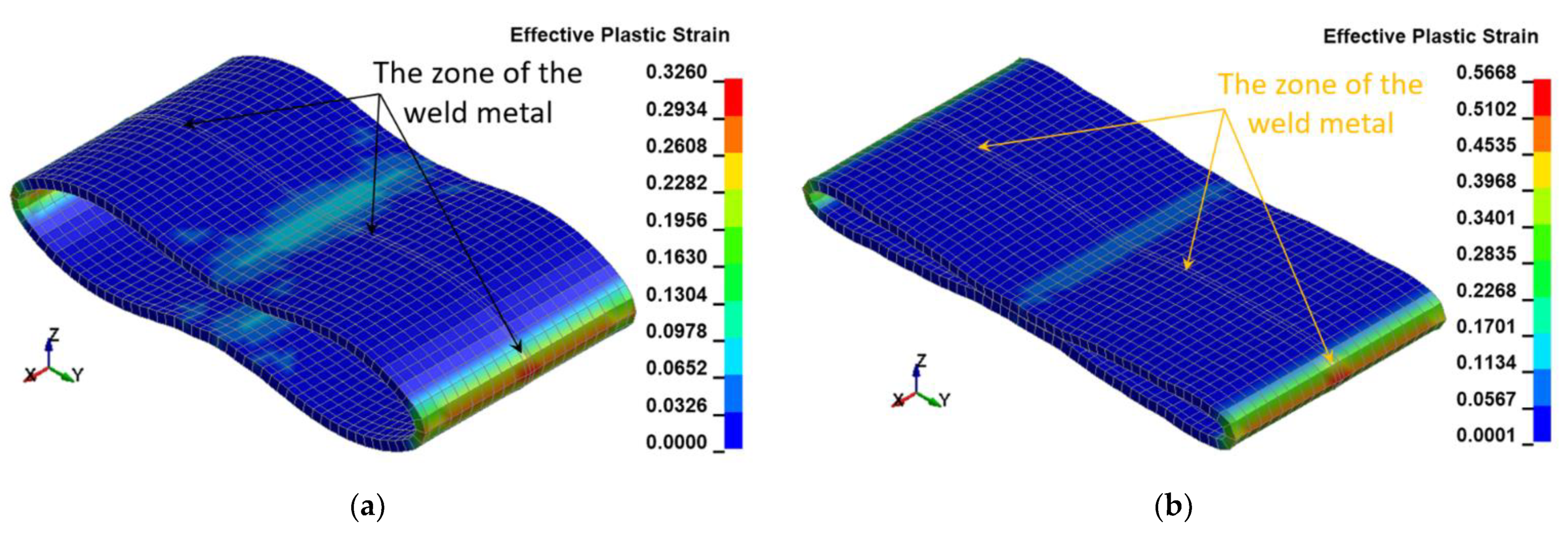
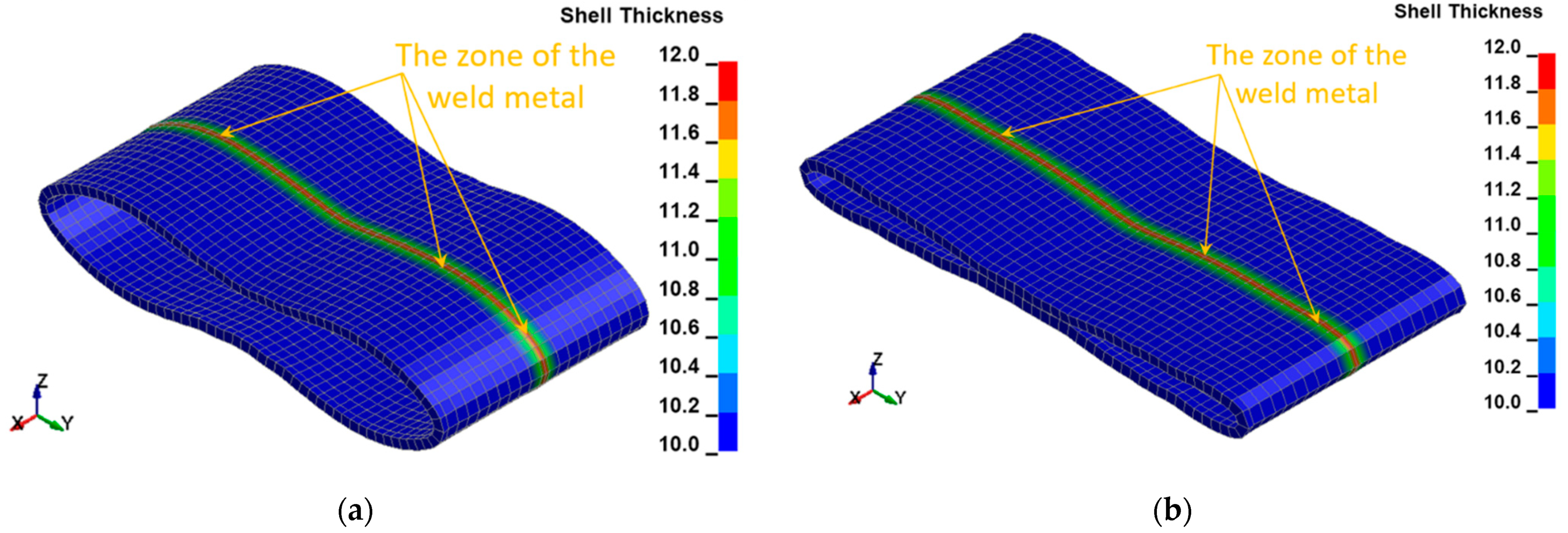
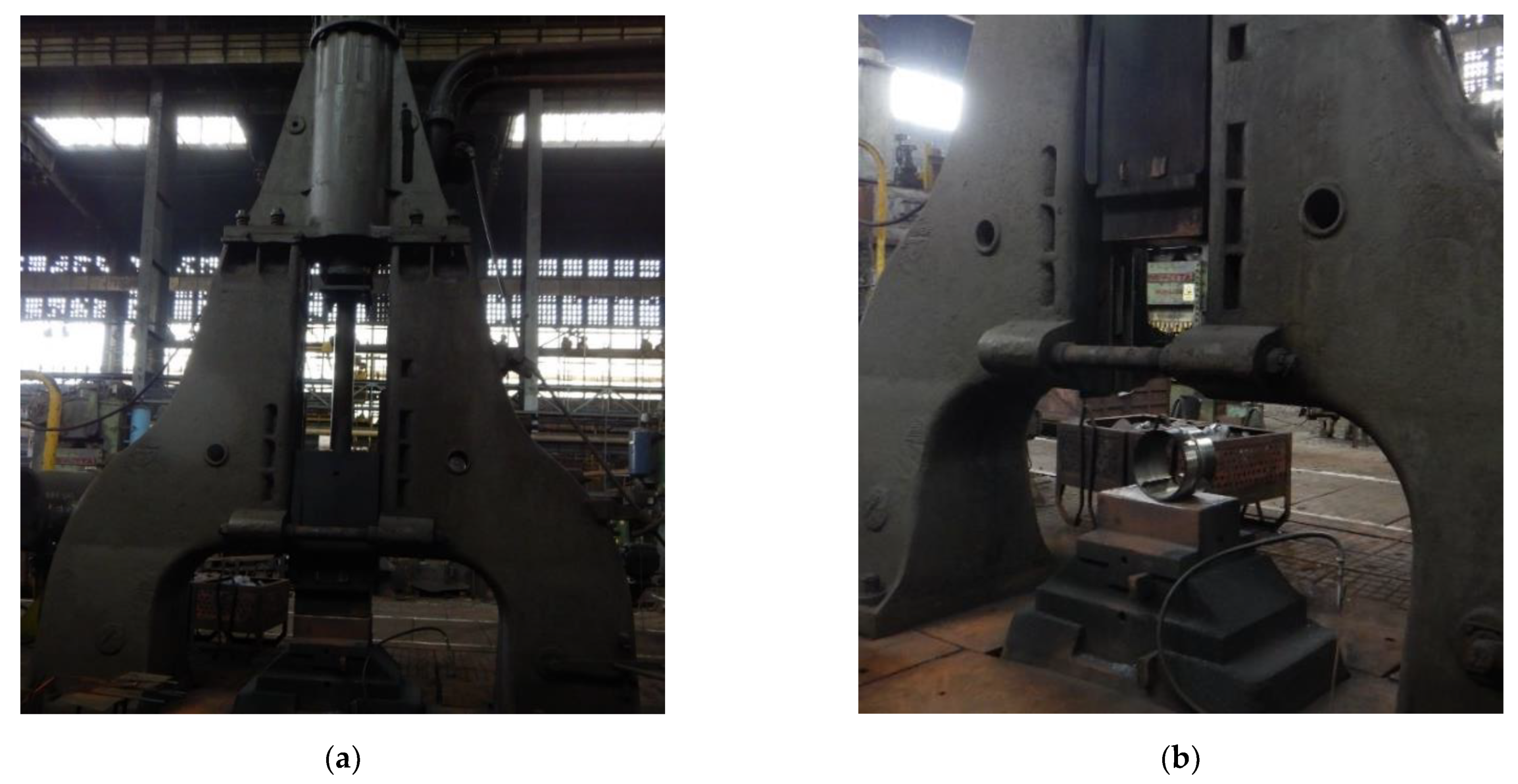
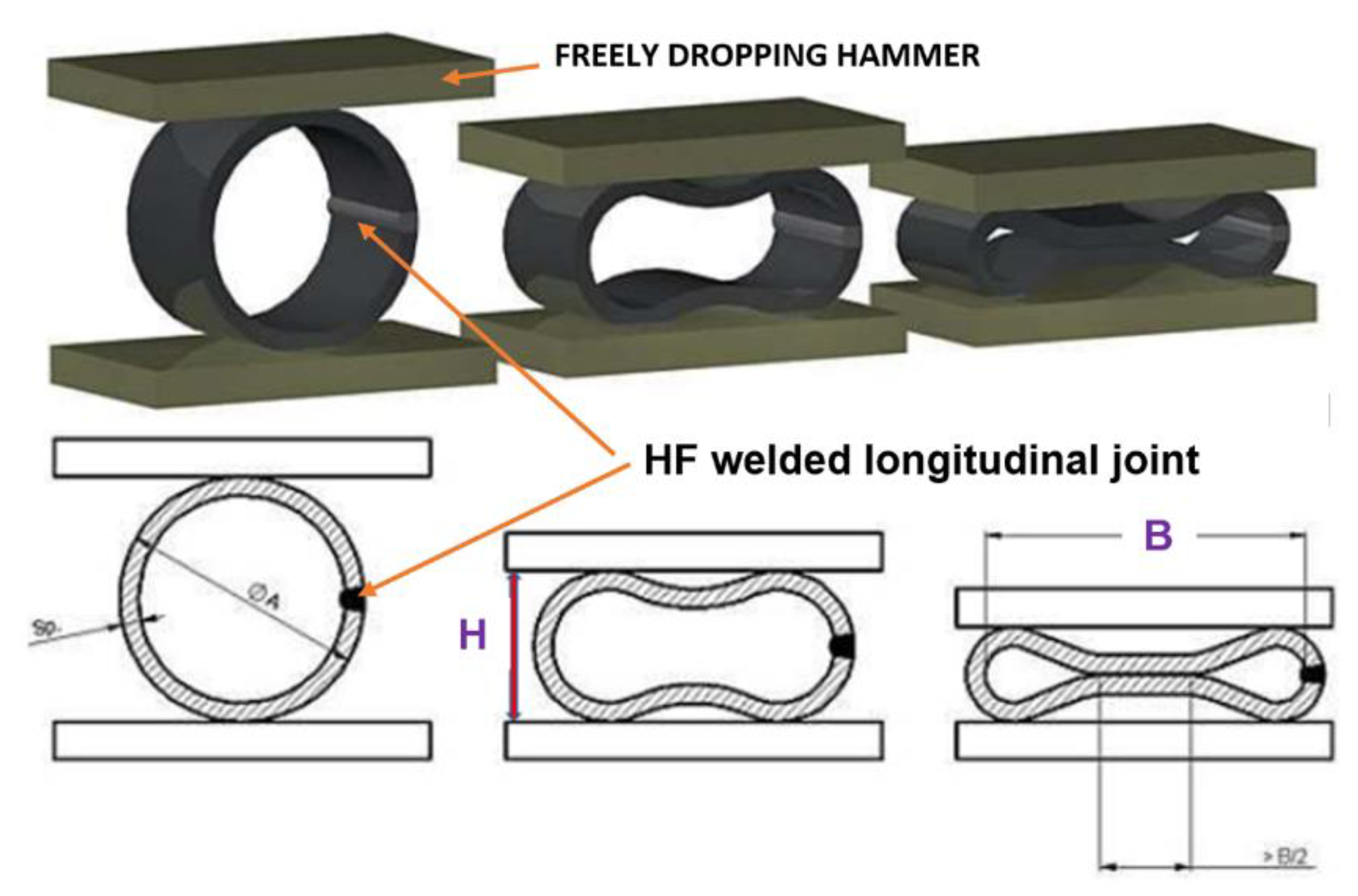

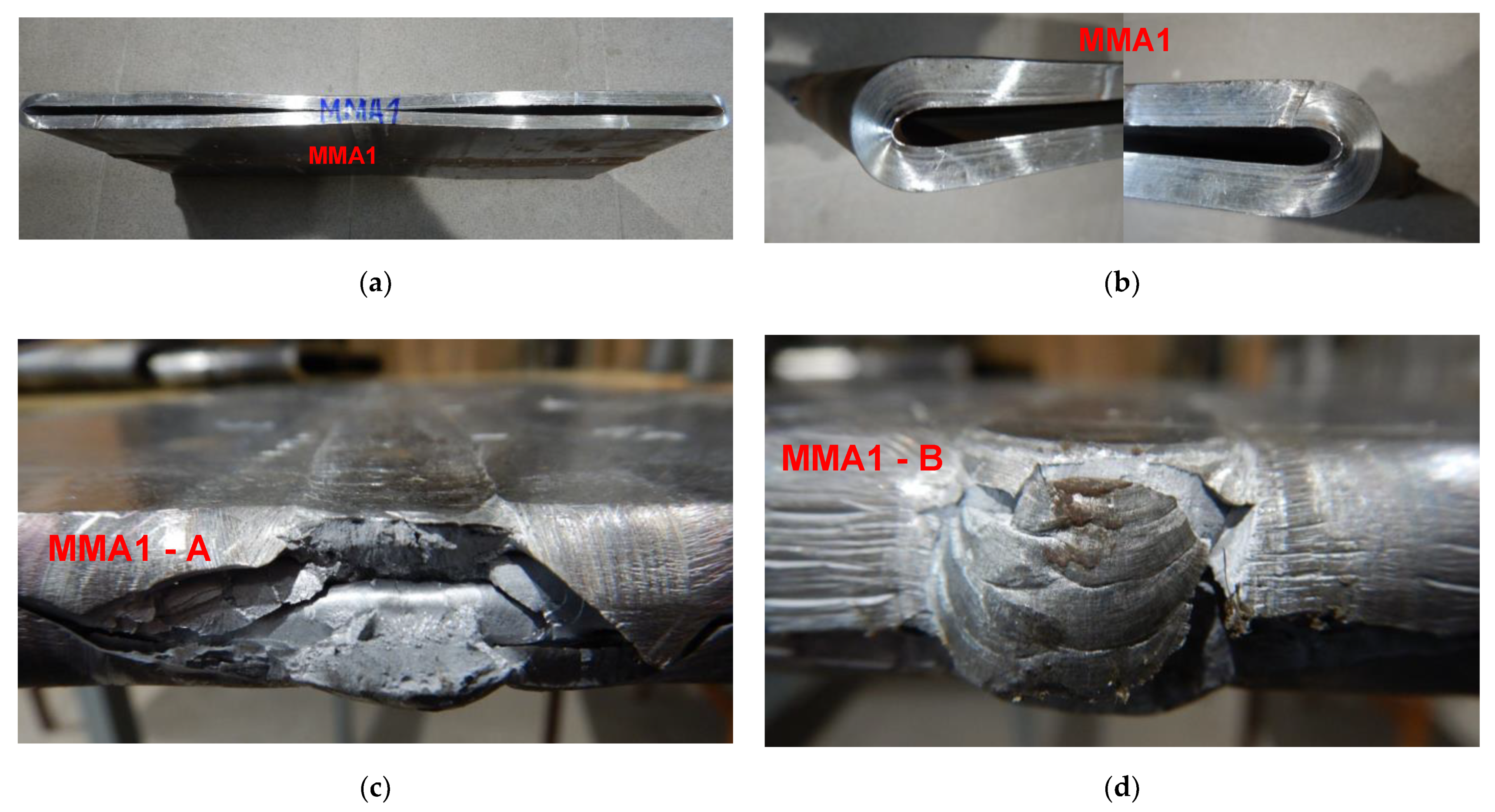
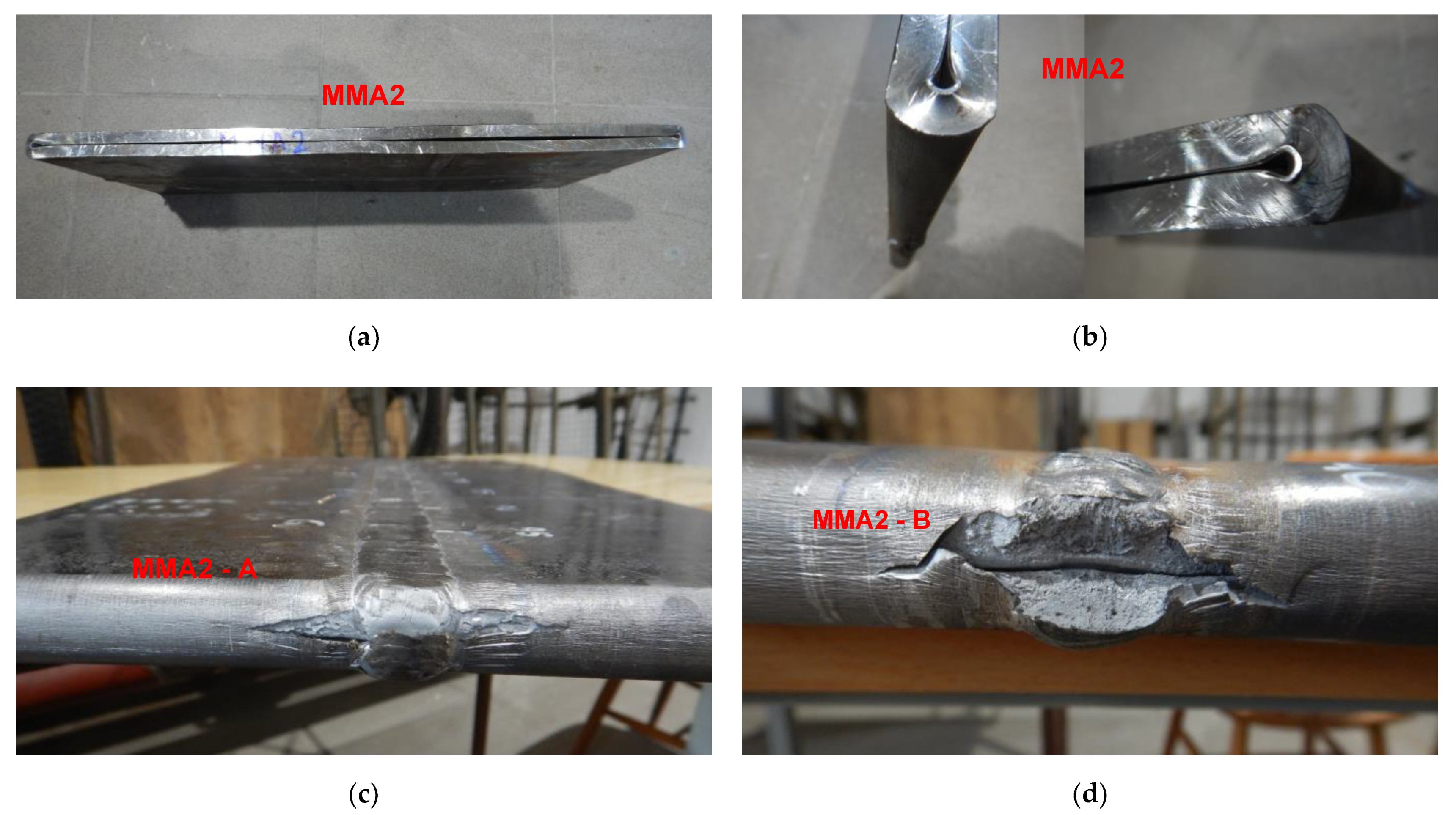
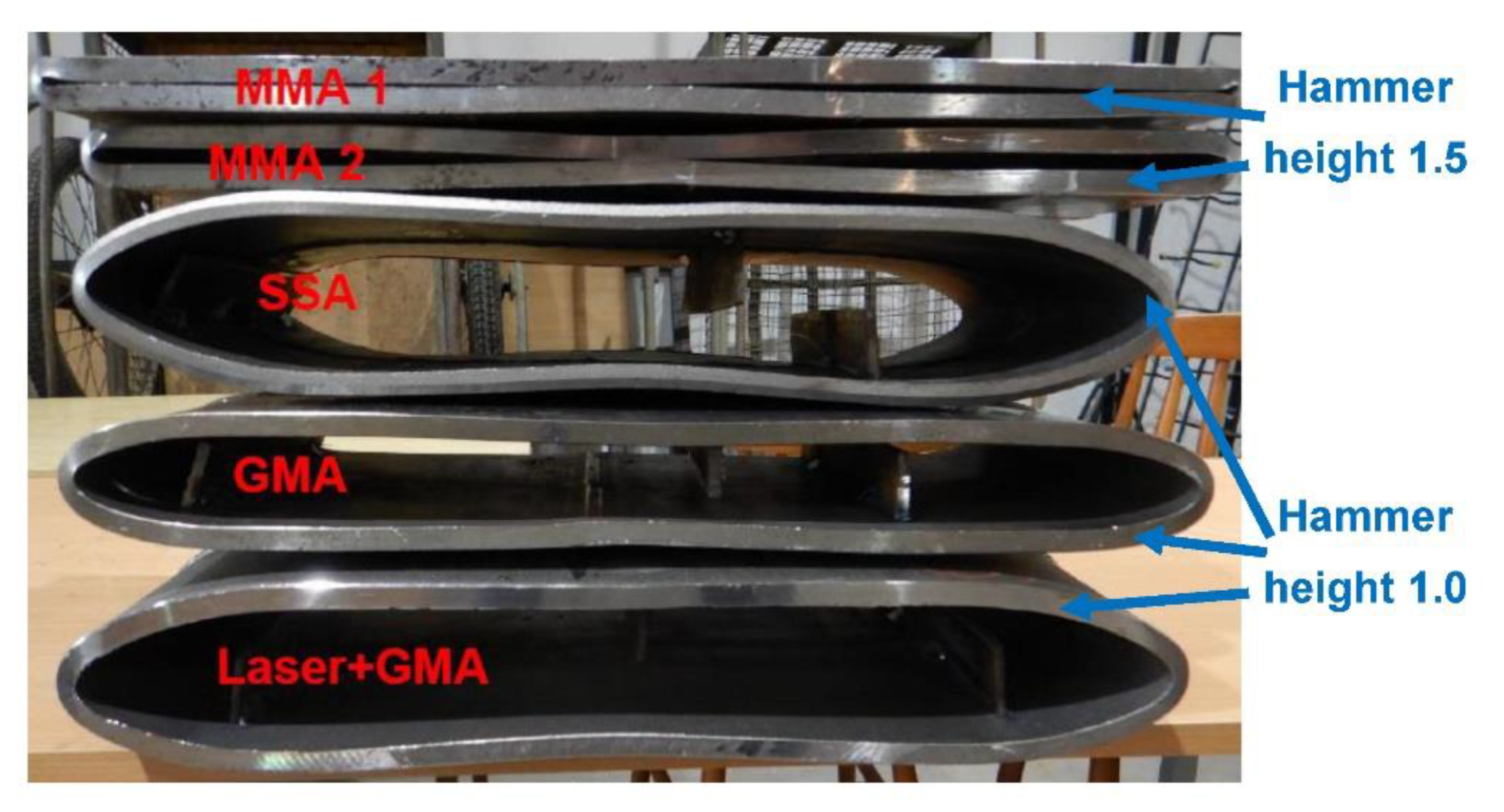

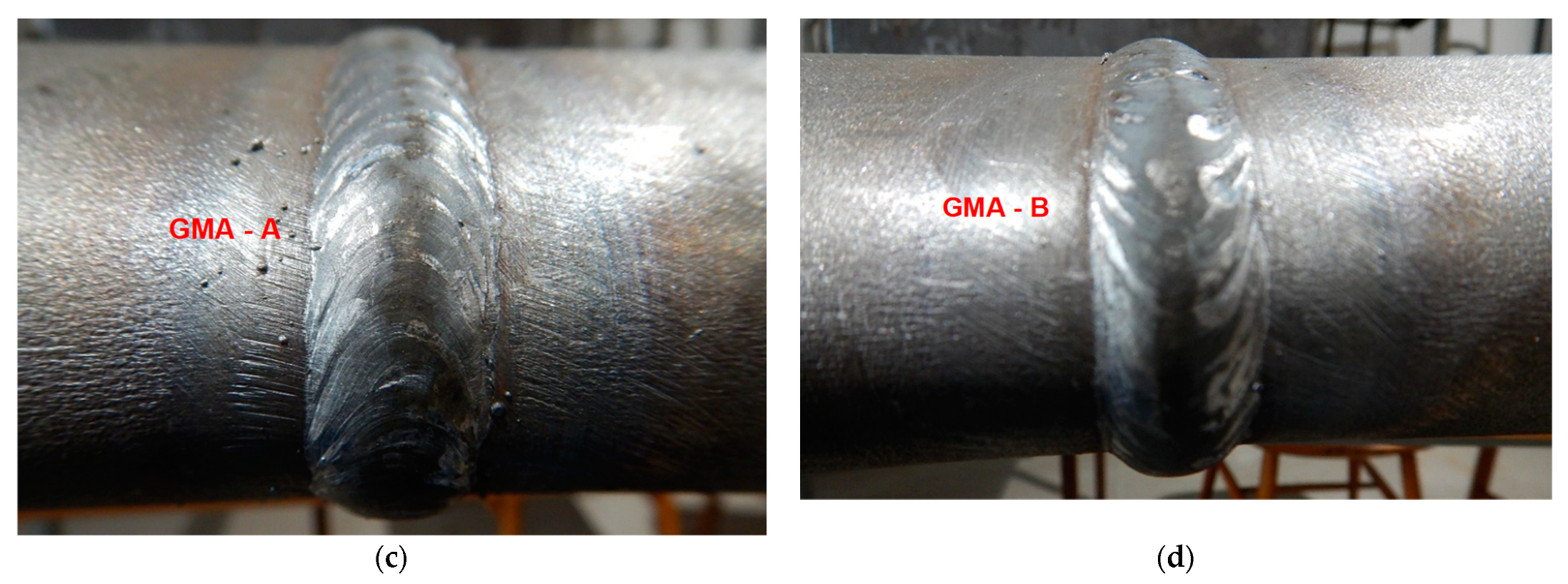
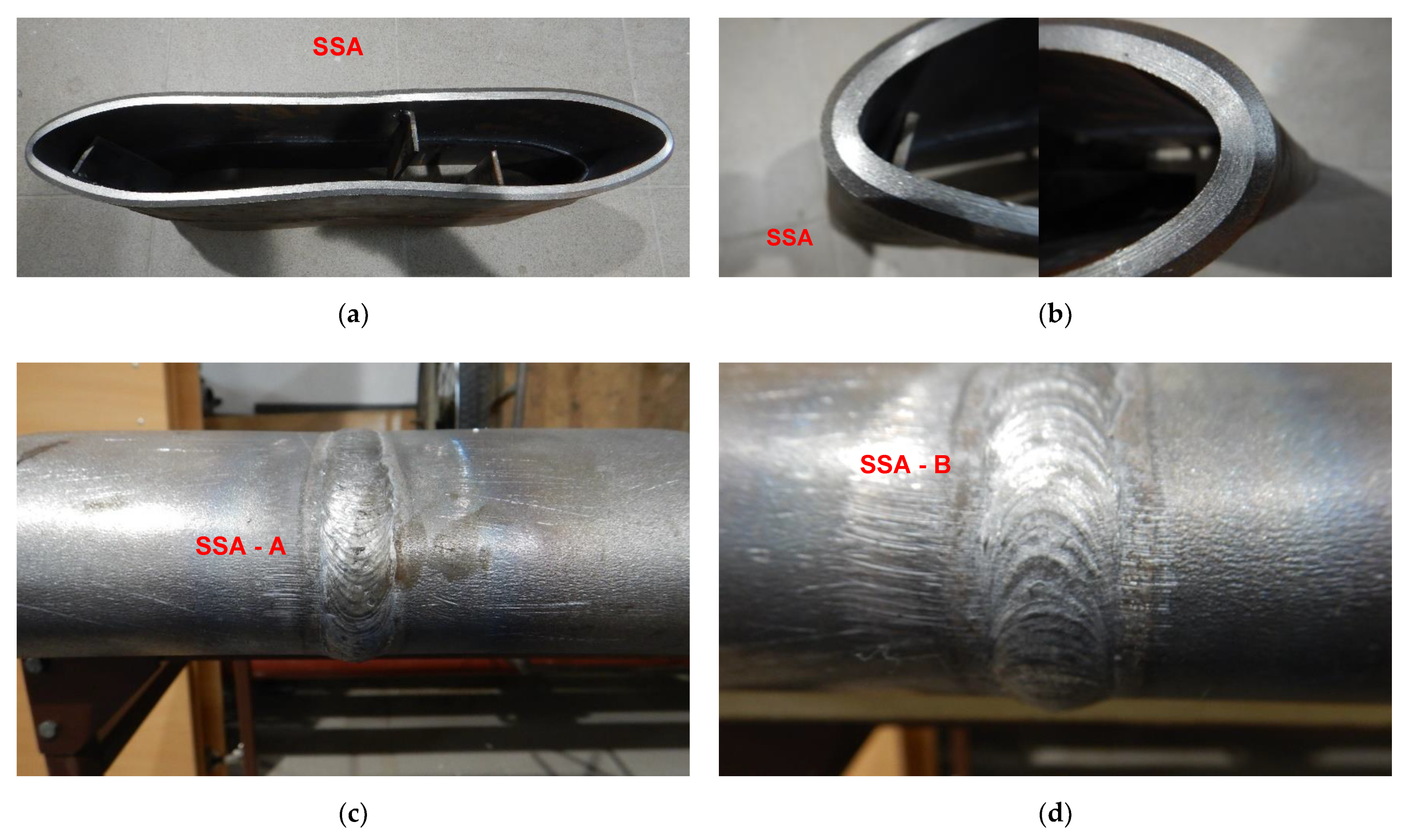
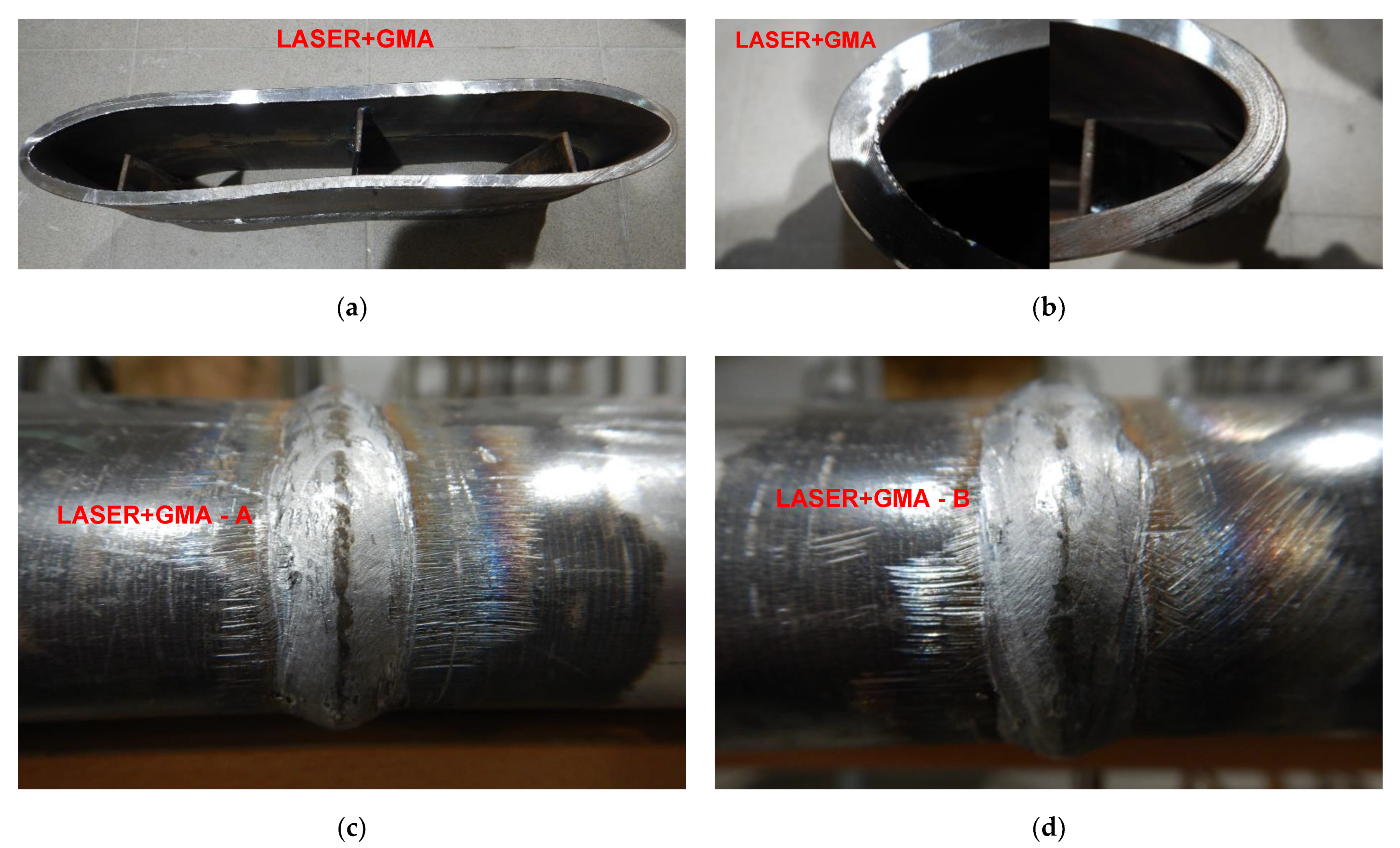
| R0.5 MPa | Rm MPa | A5 % | KV at 0 °C J | C% | Si% | Mn% | Cr% | Ni% | Ti% | Al% | V% | Nb% |
|---|---|---|---|---|---|---|---|---|---|---|---|---|
| 633 | 690 | 32 | 186–206 | 0.0766 | 0.232 | 1.33 | 0.2 | 0.019 | 0.0214 | 0.038 | 0.042 | 0.049 |
| Welding Process/Welding Position | Filler Metal/ Polarity | Joint Prep.* | Passes | Filler Metal dia. [mm] | Welding Current [A] | Welding Voltage [V] | Travel Speed [cm/min] | Heat Input [kJ/cm] |
|---|---|---|---|---|---|---|---|---|
| MMA/PC-2G | Conarc 85 DC+ | α = 50−60° b = 2−4 mm, c = 2.0 mm | root | 2.5 | 65−75 | 21.0−23.0 | 5.0−7.0 | 9.4−16.6 |
| filling | 3.2 | 115−125 | 23.0−26.0 | 16.0−24.0 | 5.5−9.8 | |||
| cap | 3.2 | 115−125 | 23.0−26.0 | 16.0−24.0 | 5.5−9.8 | |||
| MMA/PH-3G | root | 2.5 | 65−75 | 21.0−23.0 | 3.0−5.0 | 13.1−27.6 | ||
| filling | 3.2 | 110−120 | 23.0−26.0 | 12.0−16.0 | 7.6−12.5 | |||
| cap | 3.2 | 110−120 | 23.0−26.0 | 12.0−16.0 | 7.6−12.5 | |||
| GMA/PC-2G | LNM MoNiVa Shielding gas M21-flow rate = 12−16 L/min DC+ | α = 50−60° b = 2−4 mm, c = 2.0 mm | root | 1.2 | 100−110 | 16.0−19.0 | 10.0−13.0 | 5.9−10.0 |
| filling | 190−220 | 21.5−23.5 | 28.0−34.0 | 5.8−8.9 | ||||
| cap | 190−220 | 21.5−23.5 | 28.0−34.0 | 5.8−8.9 | ||||
| GMA/PH-3G | root | 1.2 | 90−105 | 16.0−18.0 | 9.0−12.0 | 5.8−10.1 | ||
| filling | 160−180 | 18.0−20.0 | 22.0−28.0 | 5.0−12.3 | ||||
| cap | 160−180 | 18.0−20.0 | 12.0−16.0 | 8.6−14.4 | ||||
| SSA/PC-2G | PIPELINER NR-208XP DC- | α = 50−60° b = 2−4 mm, c = 2.0 mm | root | 2.0 | 110−120 | 16.0−19.0 | 8.0−12.0 | 7.0−13.7 |
| filling | 180−200 | 21.0−24.0 | 25.0−35.0 | 5.2−9.2 | ||||
| cap | 180−200 | 21.0−24.0 | 25.0−35.0 | 5.2−9.2 | ||||
| SSA/PH-3G | root | 2.0 | 110−120 | 16.0−19.0 | 7.0−9.0 | 9.4−15.6 | ||
| filling | 150−170 | 20.0−23.0 | 15.0−20.0 | 7.2−12.5 | ||||
| cap | 150−170 | 20.0−23.0 | 15.0−20.0 | 7.2−12.5 | ||||
| Root pas welding | Filler metal | Joint prep. | Beam quality and beam focusing system | Beam power [kW] | Welding speed [m/min] | Heat input [kJ/cm] | ||
| Laser Yb:YAG TruDisk 12002 fiber = 300 µm | No filler metal, shielding gas–Ar 12.0 L/min gas nozzle dia.= 8.0 mm | α = 60o b = 6.0 mm, c = 0.0 mm | ≤12.0 mm xmrad TRUMPF D70, fc = 200 mm, fcog = 400 mm, dcg = 0.8 mm | 4.8 | 0.8 | 3.69 | ||
| Basic Material Properties | Symbol | Value |
|---|---|---|
| Young’s modulus | E | 205 GPa |
| Poisson’s ratio | ν | 0.28 |
| Kirchhoff’s modulus | G | 80 GPa |
| Tangent modulus | ET | 0.558 GPa |
| Yield strength | R0.2 | 0.618 GPa |
| Ultimate tensile strength | Rm | 0.700 GPa |
| Parts | Type of Parts | Number of Elements | Number of Nodes |
|---|---|---|---|
| Pipe | Deformable | 2000 | 2000 |
| Hammer | Rigid | 420 | 660 |
| Base plate | Rigid | 420 | 660 |
| Weld metal | Deformable | 200 | 300 |
| Total in the model | - | 3040 | 3620 |
| No | Time [ms] | Huber–Mises Stress [MPa] | Effective Plastic Strain [mm/mm] |
|---|---|---|---|
| 1. | 373 | 403 | 0.000 |
| 2. | 374 | 618 | 0.0019 |
| 3. | 384 | 651 | 0.0587 |
| 4. | 394 | 655 | 0.0668 |
| 5. | 404 | 680 | 0.1110 |
| 6. | 414 | 703 | 0.1519 |
| 7. | 424 | 724 | 0.1908 |
| 8. | 434 | 742 | 0.2225 |
| 9. | 444 | 763 | 0.2597 |
| 10. | 454 | 779 | 0.2873 |
| 11. | 464 | 794 | 0.3155 |
| 12. | 474 | 800 | 0.3256 |
| 13. | 480 | 782 | 0.3260 |
| 14. | 481 | 762 | 0.3260 |
| No | Time [ms] | Huber–Mises Stress [MPa] | Effective Plastic Strain [mm/mm] |
|---|---|---|---|
| 1. | 491 | 426 | 0.0000 |
| 2. | 492 | 619 | 0.0029 |
| 3. | 502 | 647 | 0.0604 |
| 4. | 512 | 676 | 0.1031 |
| 5. | 522 | 708 | 0.1616 |
| 6. | 532 | 743 | 0.2236 |
| 7. | 542 | 785 | 0.2989 |
| 8. | 552 | 835 | 0.3888 |
| 9. | 562 | 894 | 0.4937 |
| 10. | 572 | 940 | 0.5754 |
| 11. | 578 | 760 | 0.5951 |
| 12. | 579 | 623 | 0.5951 |
| Type of Joint | H [mm] | B [mm] | Quality of Welded Joint | Quality of Pipes Edges |
|---|---|---|---|---|
| MMA | 74 | 456 | no cracks | no cracks |
| MMA1 | 20 | 485 | cracks | no cracks |
| MMA2 | 20 | 488 | cracks | no cracks |
| GMA | 75 | 466 | no cracks | no cracks |
| SSA | 78 | 463 | no cracks | no cracks |
| LASER+GMA | 55 | 474 | no cracks | no cracks |
Publisher’s Note: MDPI stays neutral with regard to jurisdictional claims in published maps and institutional affiliations. |
© 2022 by the authors. Licensee MDPI, Basel, Switzerland. This article is an open access article distributed under the terms and conditions of the Creative Commons Attribution (CC BY) license (https://creativecommons.org/licenses/by/4.0/).
Share and Cite
Klimpel, A.; Timofiejczuk, A.; Kaczmarczyk, J.; Herbuś, K.; Pedot, M. Catastrophic Impact Loading Resilience of Welded Joints of High Strength Steel of Refineries’ Piping Systems. Materials 2022, 15, 1323. https://doi.org/10.3390/ma15041323
Klimpel A, Timofiejczuk A, Kaczmarczyk J, Herbuś K, Pedot M. Catastrophic Impact Loading Resilience of Welded Joints of High Strength Steel of Refineries’ Piping Systems. Materials. 2022; 15(4):1323. https://doi.org/10.3390/ma15041323
Chicago/Turabian StyleKlimpel, Andrzej, Anna Timofiejczuk, Jarosław Kaczmarczyk, Krzysztof Herbuś, and Massimiliano Pedot. 2022. "Catastrophic Impact Loading Resilience of Welded Joints of High Strength Steel of Refineries’ Piping Systems" Materials 15, no. 4: 1323. https://doi.org/10.3390/ma15041323






